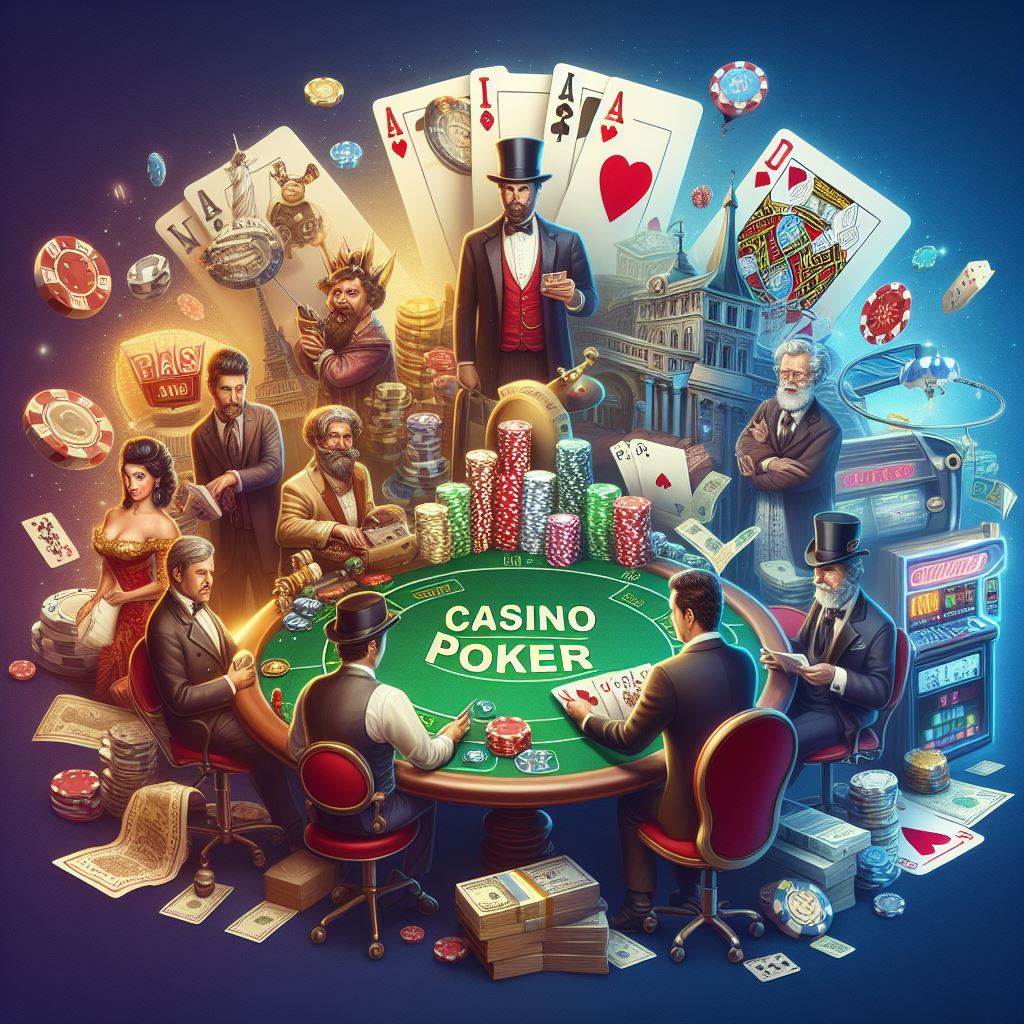
The game of poker, a blend of strategy, skill,From Origins to Online and chance, has journeyed through time and geography to become one of the most popular casino games worldwide. This evolution from humble beginnings to the digital age reflects shifts in culture, technology, and accessibility, reshaping how the game is played and experienced. This article explores the milestones and transformations in the history of casino poker, tracing its path from origins to online platforms.
- Early Beginnings and Saloon Poker
Poker’s roots can be traced back to several games from various parts of the world, but its modern form began to take shape in the United States in the early 19th century. Initially played in the backrooms of saloons and on riverboats traveling the Mississippi, poker was a pastime for adventurers and traders. The game was simple, involving a deck of 20 cards and bets placed on the strength of one’s hand. This era laid the foundational principles of poker, emphasizing bluffing and betting strategies.
- Poker Spreads Across America
As America expanded westward, poker spread with the pioneers, evolving along the way. The introduction of the 52-card deck expanded the game’s complexity and possibilities. Variants like Draw Poker and Stud Poker emerged, adding layers of strategy. Poker became a staple of Wild West lore, associated with cowboys, outlaws, and lawmen. By the turn of the 20th century, poker was ingrained in American culture, though it often remained on the fringes of legality.
- The Rise of Casino Poker
The legalization of gambling in Nevada in 1931 marked a turning point for poker. As casinos sprang up in Las Vegas, poker found a new, more respectable home. The World Series of Poker (WSOP), established in 1970, catapulted poker into the mainstream, showcasing the game’s skill aspect and transforming it into a spectator sport. The WSOP also introduced Texas Hold’em, which would become the most popular poker variant globally.
- The Poker Boom and Televised Poker
The late 20th and early 21st centuries saw a dramatic increase in poker’s popularity, fueled by technological advancements and media. The advent of hole-card cameras made poker a compelling watch, allowing viewers to engage with the game from a strategic standpoint. Televised tournaments like the WSOP and the World Poker Tour brought poker into living rooms around the world, creating celebrities of top players and inspiring millions to take up the game.
- The Online Revolution
The biggest transformation in the world of poker came with the rise of the internet. Online poker platforms began appearing in the late 1990s, offering players the chance to compete against each other from anywhere in the world. The 2003 WSOP victory by Chris Moneymaker, an online qualifier, underscored the potential of online poker to change lives and attracted a flood of new players to the virtual tables. Online poker democratized the game, breaking down barriers to entry and fostering a global poker community.
- The Current Landscape and Future Directions
Today, poker enjoys unprecedented popularity, with a vast array of online sites, mobile apps, and casino rooms catering to players of all skill levels. The game continues to evolve, with variations like Fast-Fold Poker and progressive knockout tournaments keeping it fresh and engaging. Artificial intelligence and blockchain technology are on the horizon, promising to influence the game’s future in ways yet to be fully realized.
The evolution of casino poker, from origins to online, mirrors broader societal shifts towards digitalization and global connectivity. Each phase of its history has contributed to the rich tapestry of the game, adding layers of complexity, strategy, and accessibility. As poker continues to adapt and grow, it remains a testament to the enduring appeal of a game that balances chance with skill, and solitude with community.





